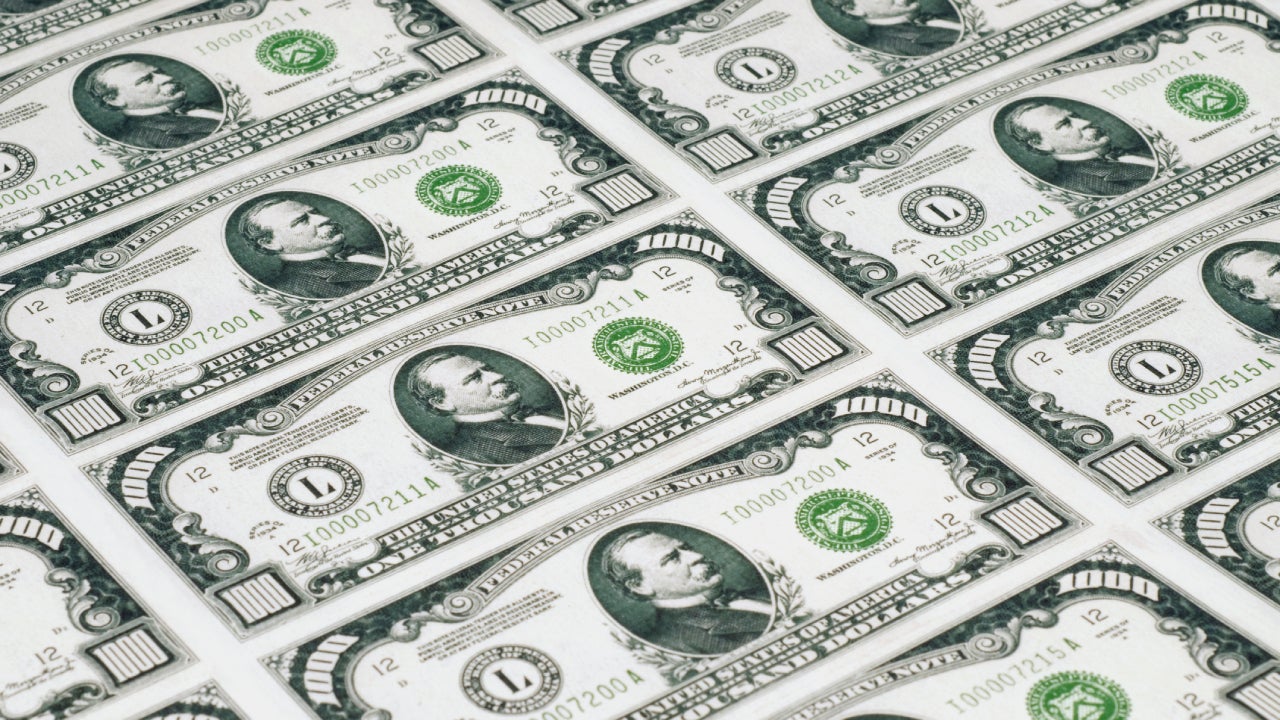What should I do with Series E savings bonds?

Key takeaways
- If you have a Series E savings bond, it’s been time to cash them in for awhile and probably long overdue.
- You can check the value of your savings bond online at TreasuryDirect.gov even for paper bonds.
- You can cash Series E bonds at your local financial institution, and either reinvest the money, save it or spend it how you see fit.
If you grew up before 1980, you might have received a paper Series E savings bond as a gift from a grandparent or other relative. Some of those savings bonds might still be sitting around in a safe or a drawer somewhere.
Now might be the time to dust off those paper bonds and cash them in. After all, Series E savings bonds were replaced by Series EE savings bonds in 1980—and they probably aren’t gathering interest anymore.
What are Series E savings bonds worth?
The worth of your Series E savings bonds depends on their face value and how long they were earning interest, according to John Stoj, a financial advisor and founder of Verbatim Financial.
“Our relatives probably liked paper bonds because they were issued at a discount,” Stoj says. “The price paid was less than the face value at maturity.”
Unlike traditional bonds, savings bonds don’t pay out until they mature or are redeemed. That means that once a savings bond is purchased, it accumulates interest over time and can eventually be redeemed for a profit.
Series E bonds issued after November 1965 earned interest for 30 years, which is how long they take to mature. When you cash your bond, it’s worth the face value, plus any interest accrued, based on the rates prevalent when the bond was purchased.
You can check the value of your savings bonds online at TreasuryDirect.gov. To ascertain the bonds’ value, you need to know four things:
- The series
- The denomination
- The serial number
- The issue date
When should I cash in Series E savings bonds?
Because the last Series E savings bond stopped earning interest in 2010, Stoj suggests cashing them in if you have them — although you don’t have to. In some cases, Stoj points out, having those savings bonds can provide comfort as a way of ensuring you’ll have something available in an emergency.
“After my father died a few years ago, my mom was very nervous about not being able to pay the rent,” Stoj says. “They bought some of the last paper Series E bonds, so when I told my mom she has a stack of bonds in a safe that will cover her rent for about three years, she was able to sleep at night.”
On the other hand, though, you might be better off cashing in your Series E bonds and putting that money to work in something likely to provide a return, according to Michael Shea, CFP, owner of True Equity Wealth Management LLC.
“There are much better ways to invest your money, in my opinion,” Shea says. “It can make sense to cash in your bonds if you need the money or think you can find a bond that pays a higher interest rate.”
How to cash in paper Series E savings bonds
Because Series E savings bonds are in paper format, the easiest way to cash them in is to bring them to your financial institution. Your bank or credit union can use information about when the bonds were issued and the interest rate at the time to calculate the value and provide you with the money you’re entitled to.
Once you’ve cashed in your savings bonds, you can use the money to meet your current needs, or invest the money in Series EE savings bonds or other investments — including stocks and other bonds — that might offer a better return.
Are Series E savings bonds worth it?
Right now, it’s not possible to purchase new Series E savings bonds. Instead, if you want to invest in Treasury savings bonds in the E series, the next option is to purchase Series EE savings bonds electronically through TreasuryDirect.gov.
Shea points out that there are some pros and cons of adding Series EE savings bonds to your portfolio.
Pros
- Interest earnings are tax-free when used for education.
- They make great gifts for children or grandchildren.
- Series EE bonds are guaranteed to pay out double their face value after 20 years.
Cons
- Interest rates are lower than what you can get on other types of investments, so Series EE savings bonds bought now won’t see high returns.
- They likely won’t keep up with inflation.
Bottom line
While you can’t buy Series E bonds anymore, if you have them sitting in a drawer somewhere, it can make sense to cash them in since they’re no longer earning interest.
Adding Series EE savings bonds to your portfolio can provide you with some stability, and offer you the chance to see guaranteed returns, especially if you keep the bonds for at least 20 years. However, you might be better off with something else if you’re looking to earn a higher rate of return.
“When constructing a theoretical portfolio, it’s difficult to find a reason to buy Series E bonds,” Stoj says. “Instead it might make more sense to simply make the bond allocation among a few bond funds.”
You might also want to consider investing that money in a high-yield savings account, where your money can grow while being saved toward particular goals. Explore different accounts such as certificates of deposits (CDs), especially if you can lock in a high yield right now.
–Dori Zinn contributed to an update to this article.
Why we ask for feedback Your feedback helps us improve our content and services. It takes less than a minute to complete.
Your responses are anonymous and will only be used for improving our website.






